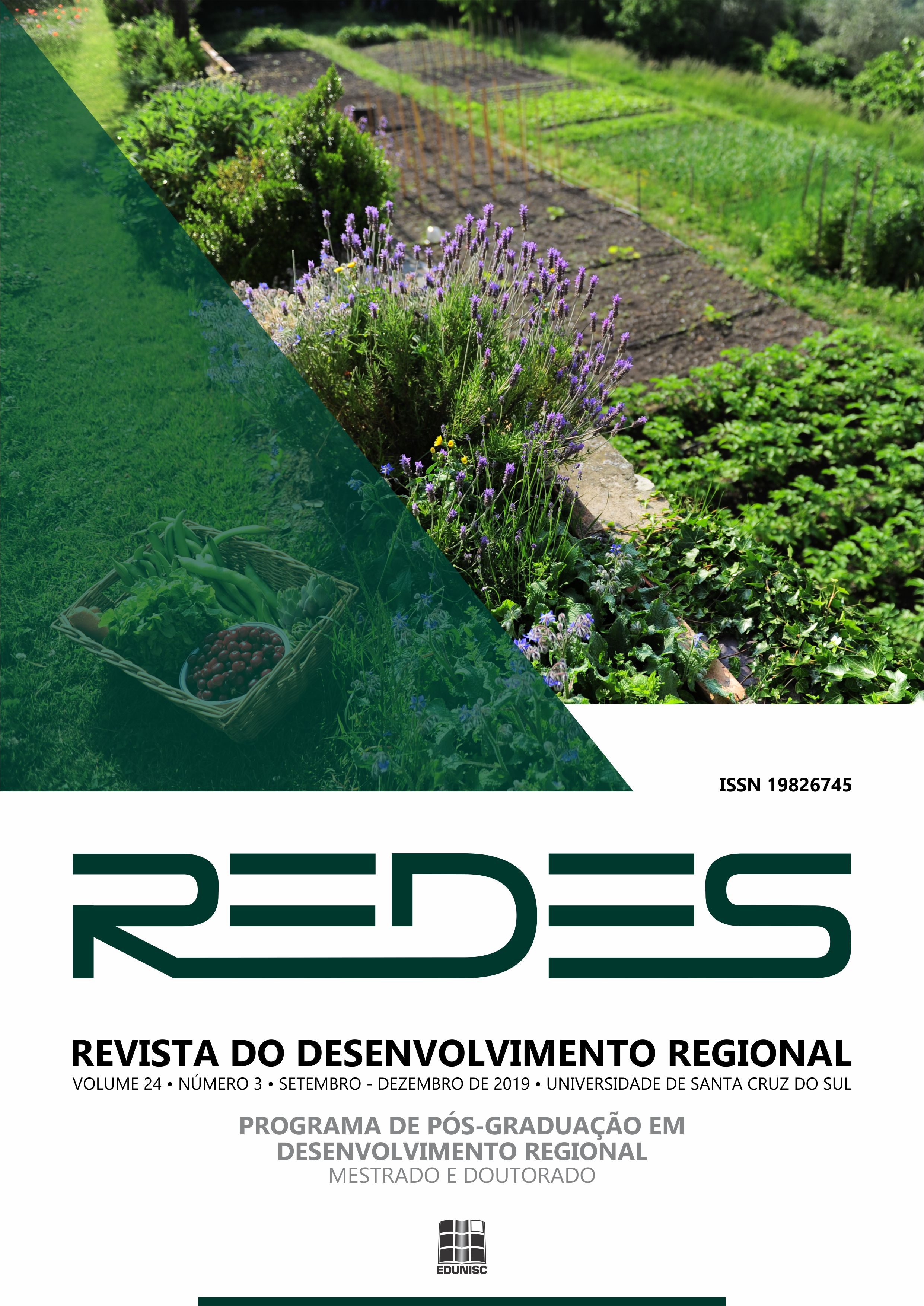The familiar farming market-fairs as field of food practice and sociability
DOI:
https://doi.org/10.17058/redes.v24i3.14119Keywords:
Food culture. Sociability. Short chains. Familiar farming.Abstract
This paper presents some results and discussions about the research that is developed around the relationship between farmers-marketers and consumers, regarding the commercialization process and its possible interactions, in two towns in the West of Paraná: Marechal Cândido Rondon and Medianeira. The goals: to analyze the meaning and the importance of the market-fairs for the actors involved with it; to analyze the representations of the market-fairs on food practice involving habits, culture, food identities and productive identities. The theoretical approach guiding the work is from sociology and rural anthropology and socioanthropology of food. The methodology was essentially qualitative, with semi-structured interviews with 12 farmers-marketers; 10 consumers in Marechal Cândido Rondon and 10 farmers-marketers and 10 consumers in Medianeira. Among some results, it is possible to infer that the fair’s frequent costumers are attracted by the option of buying food which origin they consider more trustworthy, but also because the market-fair’s space offer them important interaction with the farmers and other costumers. To the farmers, the market-fair is an important source of income, but it also a manifestation of social representation, of their peculiarities as fundamental actors for the cultural process and for food security. In this sense, It is very important to keep the market-fair’s space, understanding them as places of resistance in the contemporary socio-alimentary process and for the articulation of sociability relations.Downloads
Download data is not yet available.
Downloads
Published
2019-09-03
How to Cite
Lima, R. D. S., & Fontana, A. P. C. (2019). The familiar farming market-fairs as field of food practice and sociability. Redes , 24(3), 75-100. https://doi.org/10.17058/redes.v24i3.14119
Issue
Section
Rural and urban (re) configurations in food and the territorial perspective



